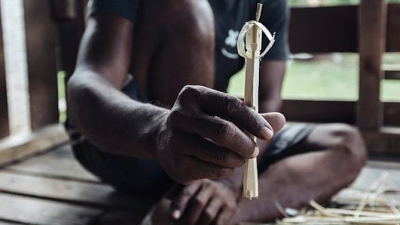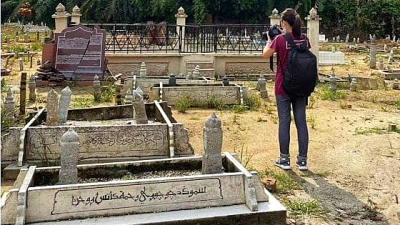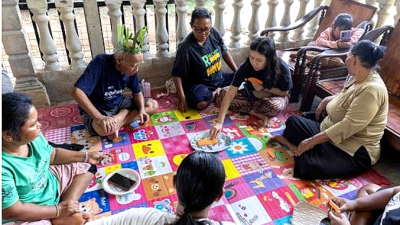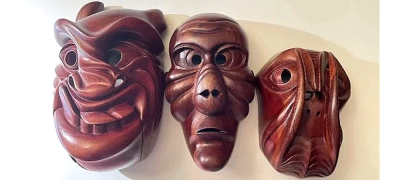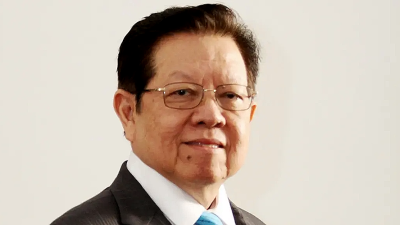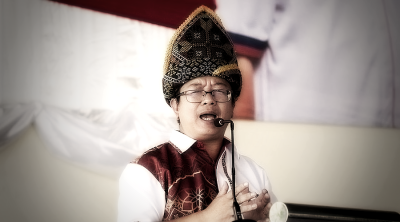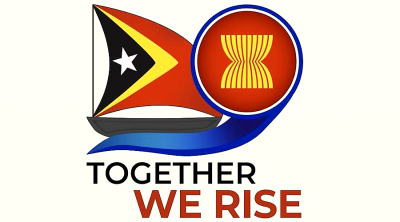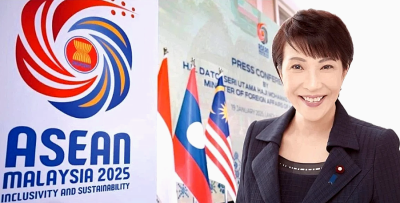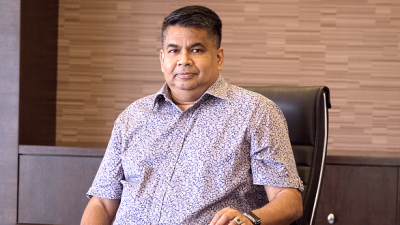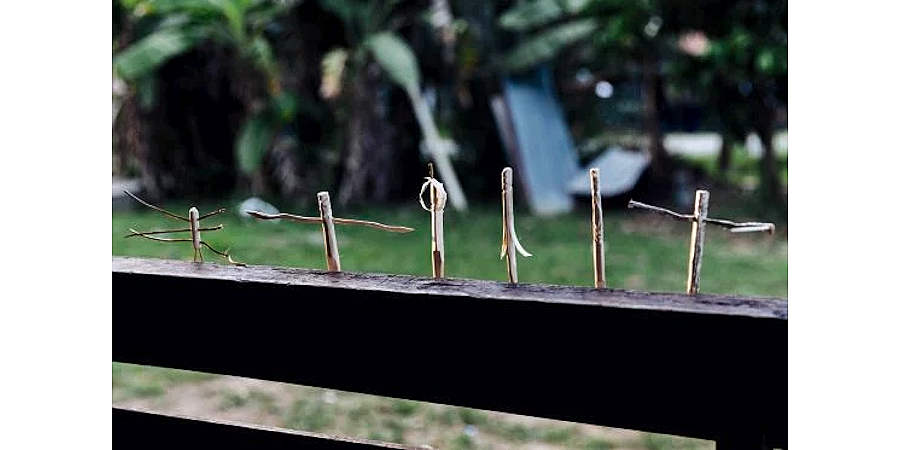
What exactly does anthropology study? The answer to this question has continually shifted across different historical contexts.
In its early days, anthropology was a discipline crafted by Western imperial powers to manage their colonial subjects. It approached the world through a framework of “observation, classification, and comparison.”
Of course, these classifications were never neutral—they carried implicit hierarchies, judgments of superiority and inferiority, and civilizational rankings: white people were deemed a superior race, while non-whites were cast as inferior.
You may not have noticed, but the English word race carries a double meaning: “ethnic group” and “competition.” In the 19th century, evolutionary theory convinced Europeans they stood at the forefront of civilization.
Thus, colonization and raid became “scientifically justified,” and missionaries could destroy indigenous spiritual traditions with a clear conscience, calling it “divine salvation.”
After World War II, as colonial empires collapsed, anthropologists began to critically reflect on their own roles.
Franz Boas introduced cultural relativism, reminding the world that every culture offers its own valid way of understanding reality—and that European standards should no longer serve as the yardstick for judging others.
Later, Bruno Latour argued that the Western notion of “modernization” is a false issue.
Science, technology, society, and culture have never been truly separated. The divisions we habitually make between nature and society, between science and culture, merely conceal the power relations underlying knowledge.
In reality, the world is a complex entanglement of humans, technologies and nature.
In the 21st century, anthropologists have pushed further into “multispecies studies,” recognizing plants, animals, microorganisms—even ghosts and spirits—as living beings with agency and vitality.
The world has never been humanity’s stage alone; it is a co-constituted universe woven together by human and nonhuman beings.
More recently, anthropology has burst beyond academic boundaries. Popular books like The Sadness of Anthropology or The Anthropology of Love suggest that almost any human experience can be framed through an anthropological lens.
This led me to wonder: could my own absurd insomnia be the subject of an Anthropology of Insomnia?
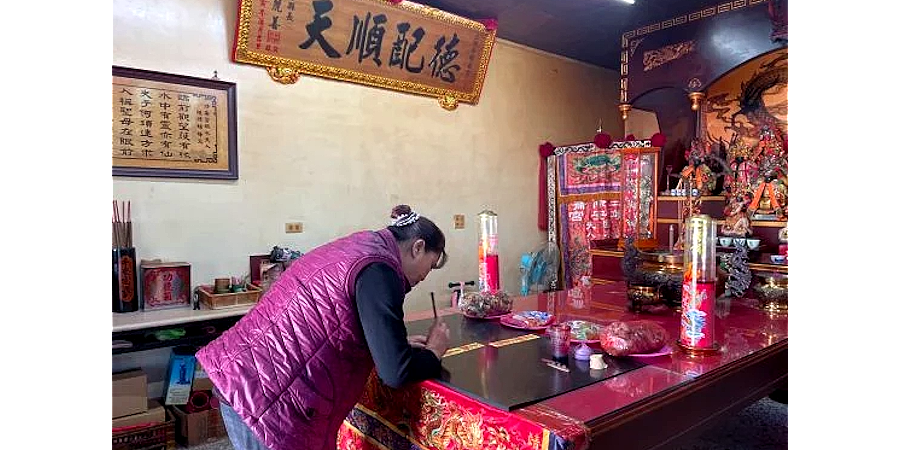
Three months without sleep: Depression or possession?
December 2023 marked my fourth month as a graduate student in Taiwan.
One night, my parasympathetic nervous system seemed to shut down. My mind refused to power off—a state of nocturnal hyperarousal that persisted for three full months.
As insomnia began to cripple my academic progress, I finally visited a psychiatrist. To my surprise, the diagnosis was rushed: without probing into details, the doctor swiftly labelled me with depression.
Desperate for sleep, I obediently swallowed the colorful array of psychotropic pills. But strangely, they didn’t help. Instead, my memory grew hazy, my heart began to race, as if my body were rejecting the governance of scientific medicine.
In January 2024, during a two-week fieldwork trip to Yunlin with classmates, I nearly collapsed. My professor remarked, “If the Orang Asli of the Malay Peninsula believe a person has seven souls, you look like you’re down to just one.”
With no psychiatric clinic nearby, she treated me as “possessed” and arranged a “spirit-calming ritual” at a local temple.
Today, that memory exists only in fragments. All I have left is my fieldwork journal:
“She asked me to remove my left wristwatch. Then she placed a piece of ginger—stuck with three incense sticks and a talisman—against my left wrist and rubbed it back and forth…
“After about five minutes, the ginger moved to my right arm, chest, and back. The woman rubbed it over me repeatedly, showering me in incense ash, while emitting loud belches.
“When she finally set the ginger down, she burned the talisman, waved the smoke over my body, and tossed a handful of rice at me.
“After the ritual, I drank a second cup of talisman-infused water. My friends said my complexion instantly brightened—but the woman’s face turned dark, as if she’d absorbed all the ‘unclean things’ on my behalf.”
Honestly, I thought the whole thing was unscientific. Yet—believe it or not—that night, I slept soundly for the first time in months. Even the previously useless psychiatric medication suddenly seemed to work.
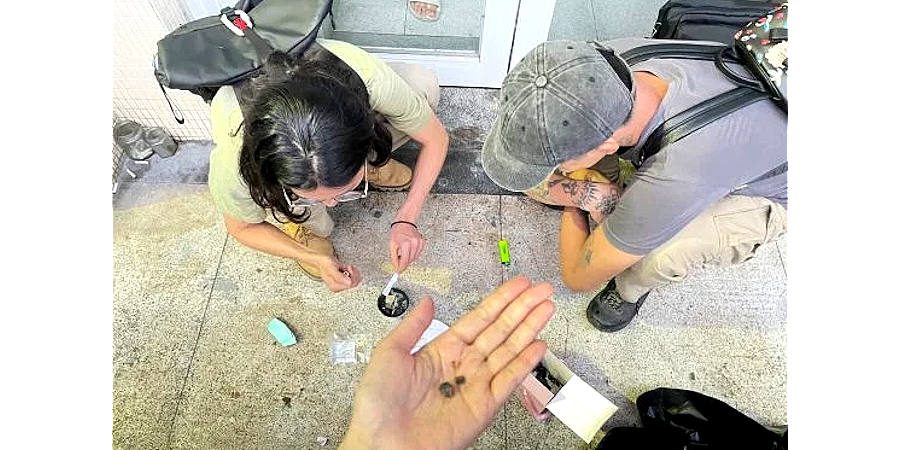
To untangle spirits, you need a spirit-talker
Still, relying on pills wasn’t a long-term solution. I needed to uncover the root of my insomnia—especially after the spirit-calming ritual’s uncanny success made me wonder: had I unknowingly brought something forbidden home from the forest?
I recalled a story by the famed Taiwanese writer Sanmao: while living in the Sahara, she picked up a necklace and wore it.
Soon after, she became lethargic, sneezed uncontrollably, suffered nosebleeds, blackouts, and nearly died in a car crash.
Only when locals visited did they reveal the truth—the necklace was cursed.
I’d once doubted such tales. But after my own strange ordeal, I finally understood the elders’ saying: “Better to believe it exists than to assume it doesn’t.”
One day, I mustered the courage to contact a ritual leader from the Semoq Beri community and confessed I’d secretly taken their healing objects home as souvenirs.
She gasped and urgently told me to return to the village for a cleansing ritual.
What struck me most was her reaction when she saw what I’d brought: not only the Semoq Beri’s “army of coconut leaves,” but also a sepili—a spirit puppet and six of them used by the Jah Hut people for healing.
She shook her head and said, “Oh dear! This spirit went to Chinese school, that one went to national school—they can’t be mixed together!”
Using the metaphor of different school systems, she explained that each Indigenous group is like its own “school,” with distinct rules, systems, and taboos.
Thus, the methods to “release” spirits differ accordingly. By bringing ritual items from multiple “schools,” I’d created a complicated spiritual tangle.
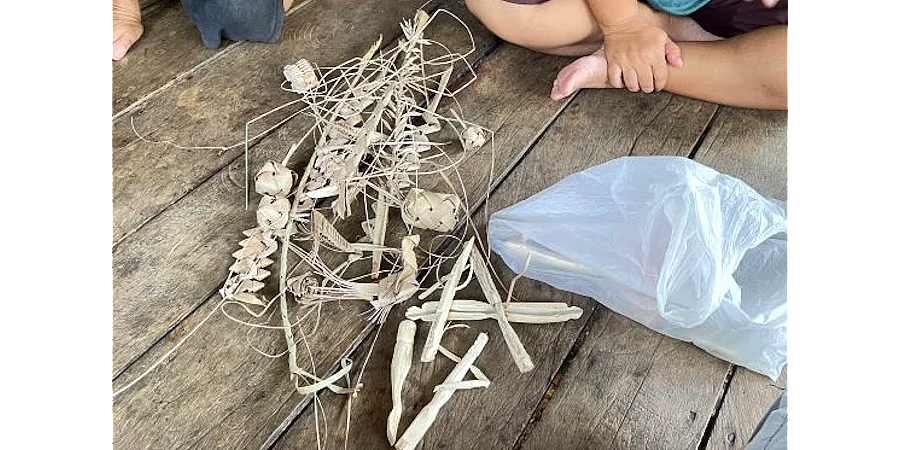
Since the Jah Hut shaman had passed away, the Semoq Beri healer had to handle “another school’s business.”
On the day of the ritual, he wore a T-shirt from some academic institute and a silver watch—looking more like a researcher than a shaman. Meanwhile, I became the village’s laughingstock: “that mischievous city girl.”
As kemenyan (benzoin resin) smoke curled into the air, the shaman scooped handfuls of it and blew it three times each onto my right shoulder, left shoulder, chest, and head. He then blew several breaths over my head.
Unable to contain my curiosity, I asked, “Was I really haunted by evil spirits?”
He just smiled softly and said, “Those spirits really like you. They wanted to be your friends.”
Before I left the village, the ritual leader gave strict instructions: for the next three days, I was to avoid cold drinks, spicy food, sesame oil, pandan leaves, soy sauce, and wax apples.
She also handed me a lump of kemenyan resin, telling me to burn it every evening at 6 p.m. to purify myself—only then could I properly bid farewell to my “spirit friends.”
Three days later, I received an unexpected follow-up call from an Indigenous friend: “Can you fall asleep now?” In that moment, I realized it wasn’t necessarily the magic that healed me—but the care that crossed mountains and forests to reach me.
I still have nights when sleep eludes me. But I’ve learned to see insomnia differently—no longer fixated on finding a single, objective “truth.”
After all, premodern societies practiced segmented sleep. The very concept of “insomnia” is a Western medical construct, shaped to fit capitalist time discipline.
Even science—however objective it claims to be—is itself a cultural formation.
More on the Echoes of the Forest
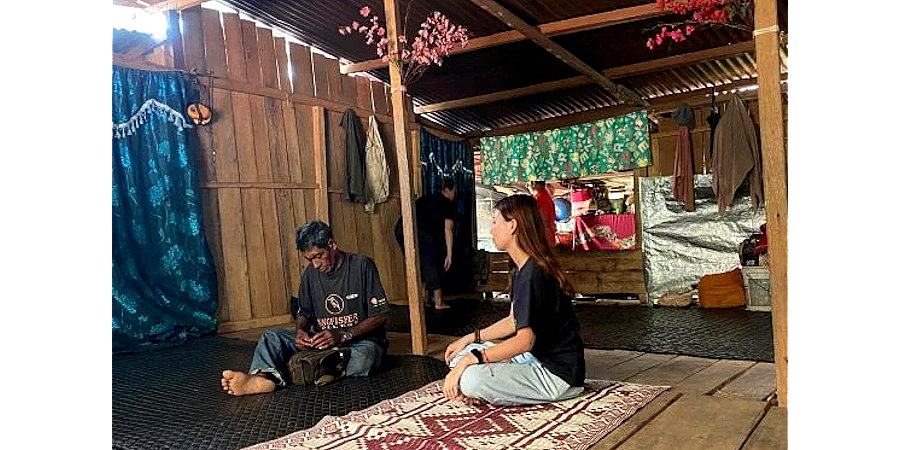
(Yi Ke Kuik is a Master’s student in Anthropology at National Taiwan University focusing on issues related to indigenous people in Peninsular Malaysia. Founder of myprojek04 photography initiative and writes for a column called Echoes from the Forest (山林珂普) in Sin Chew Daily, highlighting the photos and stories of indigenous people.)
ADVERTISEMENT
ADVERTISEMENT






